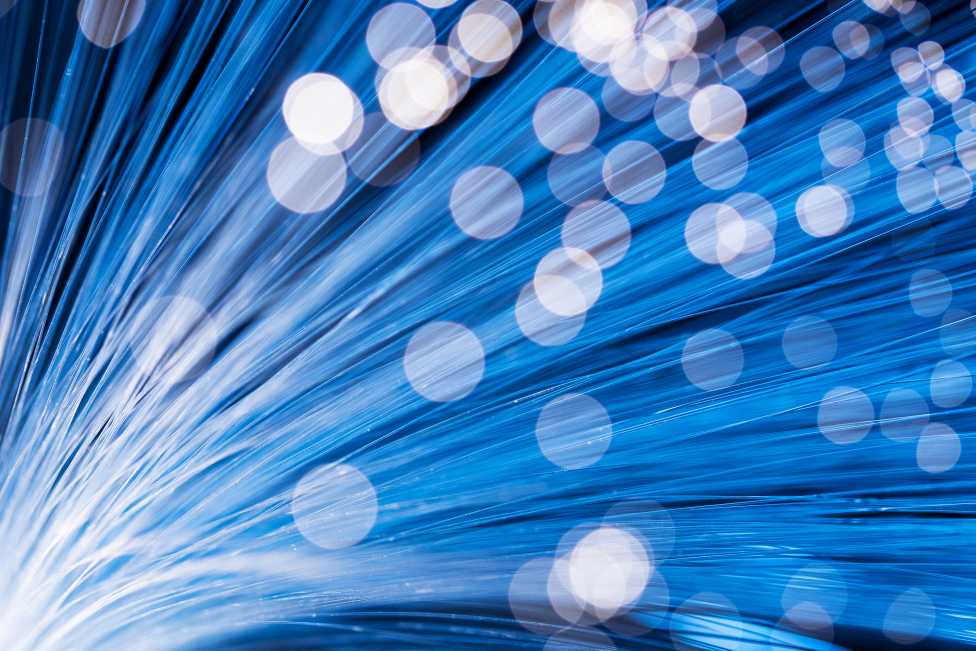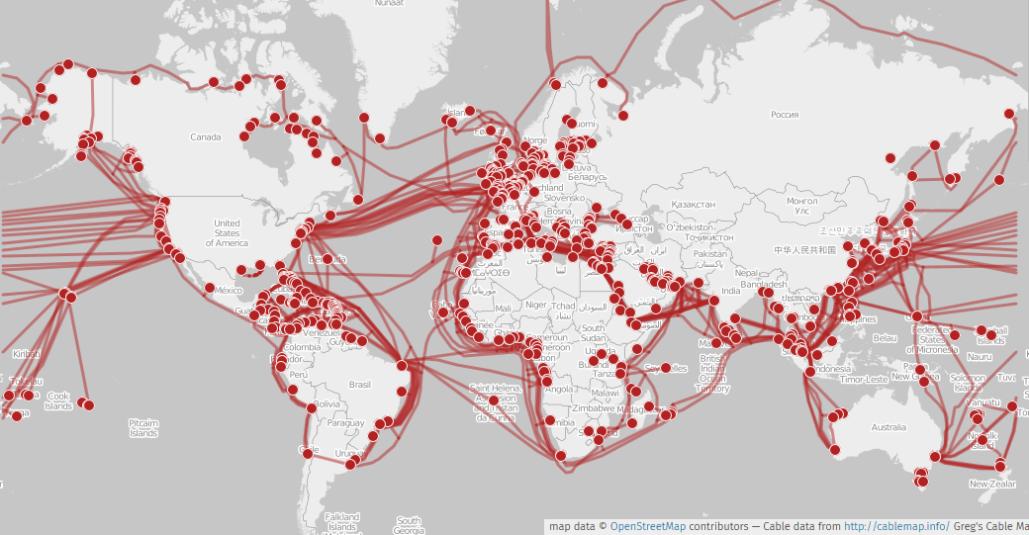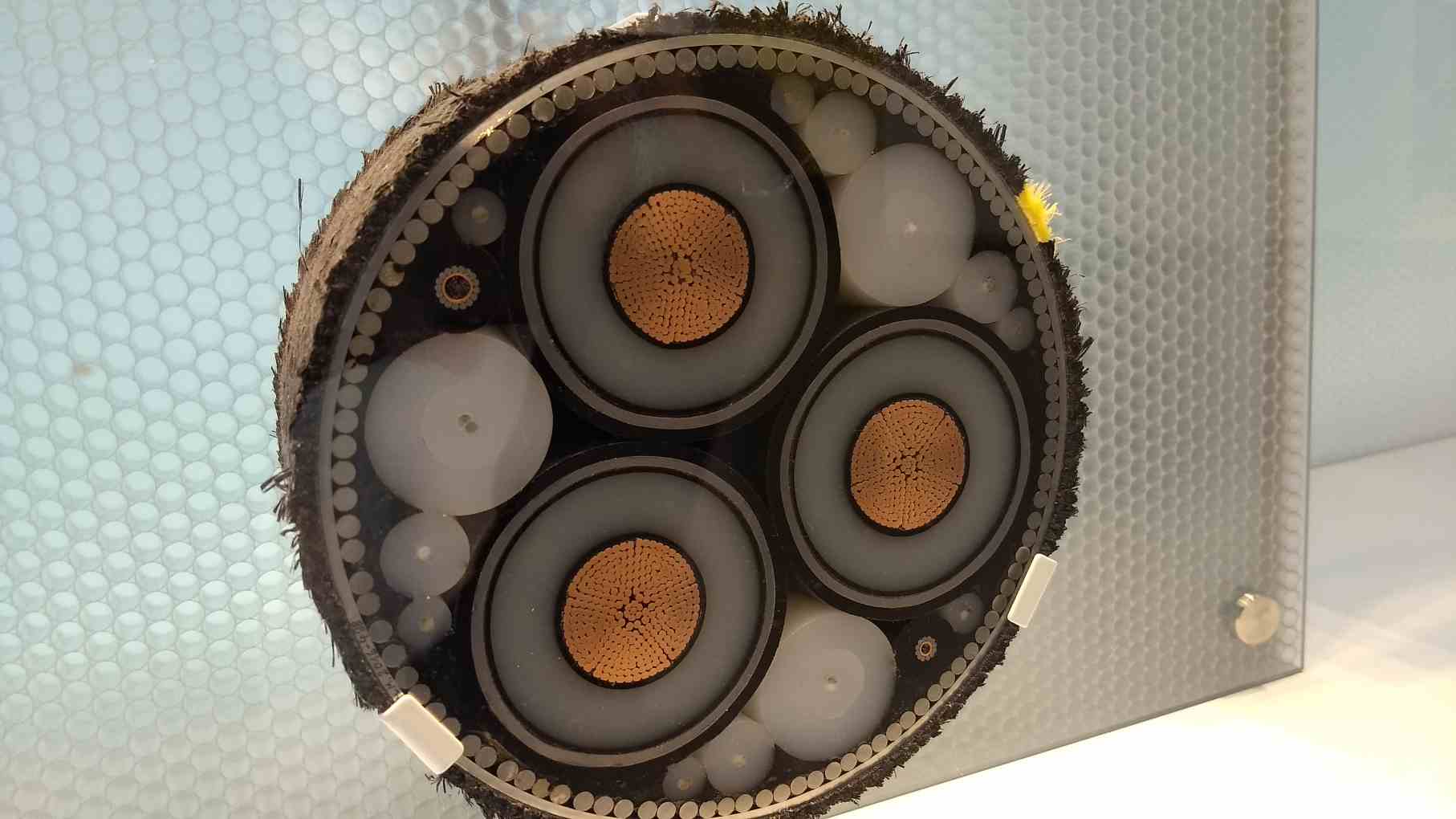How Did We Survive the Red Sea Fiber Optic Cable Disaster

In March 2024, the global communications network faced a significant threat due to the potential severing of the Red Sea undersea fiber optic cable. This vital cable connects Europe, Africa, and the Middle East, and its disruption could have led to major impacts on global financial markets and international communications. The incident highlighted the critical importance of maintaining secure and stable fiber optic connections for the world’s economy and communication infrastructure.
The Importance of the Red Sea Fiber Optic Cable
Submarine fiber optic cables are the backbone of global communication, carrying over 99% of the world’s international internet traffic and more than 80% of international telephone communication. These undersea cables support real-time data transmission between major financial centers, ensuring fast, secure, and reliable financial transactions. In essence, they are the lifelines of the modern financial industry and global communication.
The Threat
The potential cutting of the Red Sea cable posed a severe risk to global communications and financial systems. Disrupting this cable would interrupt communication between continents, leading to a cascade of financial and economic repercussions worldwide. Global markets, heavily reliant on the swift and secure transmission of financial data, would experience delays, inaccuracies, and a drop in liquidity, causing market instability and panic.
The Disaster
On March 15, 2024, the unimaginable occurred when the Red Sea fiber optic cable was severed. The specific submarine cables affected included SEACOM, TGN (Tata Global Network), Africa Asia Europe-One (AAE-1), and the Europe India Gateway (EIG).
Additionally, a significant disruption in the straits of Malacca caused further internet disruption in South Asia. The damage occurred 440 km from Singapore, resulting in a total loss of traffic between Singapore and the affected landing station. This incident severely impacted countries reliant on these submarine cable systems, such as Bangladesh, which lost a substantial portion of its international internet capacity.
The disruption reduced the country’s internet capacity by approximately a third, emphasizing the vulnerability of relying on a limited number of subsea cables for connectivity. Repair timelines were set to just two or three days due to the fault’s proximity to supply depots and cable ships, contrasting sharply with the prolonged repair times seen in the Red Sea due to regional instability.
The impact was immediate and widespread:
- Massive Disruptions: The severance of vital undersea cables caused a major disruption in internet and telecommunications services across Europe, Africa, and the Middle East. Financial hubs like London, Frankfurt, and Dubai experienced significant communication slowdowns, affecting stock exchanges, banks, and businesses.
- Economic Impact: The disruption led to delays in financial transactions, causing panic in global markets. Stocks plummeted as traders struggled with delayed and incomplete information. Companies reliant on real-time data faced operational challenges, resulting in financial losses.
- Geopolitical Tensions: The incident escalated tensions in the Middle East, drawing international condemnation and raising concerns about the security of critical infrastructure. Governments and international bodies had to address the implications of such an attack and discuss measures to prevent future occurrences.
The Extent of the Affected Area
The severance of the cable impacted a vast region:
- Europe: Financial centers in London, Paris, and Frankfurt saw significant slowdowns. Many companies and financial institutions faced challenges in conducting transactions and communications.
- Middle East: Cities like Dubai, Riyadh, and Doha experienced severe internet outages, affecting businesses and daily life.
- Africa: Major cities such as Cairo, Nairobi, and Johannesburg were also affected, disrupting communications and internet services across the continent.

The Reality of Submarine Cable Damage
Submarine cables are designed to withstand significant destructive forces and are usually buried deep below the seabed. They are protected against undersea activities, ship anchors, fishing trawls, natural disasters, and other potential hazards. However, intentional damage by human activities, such as the threat posed by the Houthis, presents a unique and severe challenge.
Weaknesses of Submarine Cables
- Vulnerability to Human Interference: Despite being buried and protected, undersea internet cables can be intentionally damaged by human actions. This includes deliberate cutting or sabotage, which can be executed by non-state actors or during conflicts.
- Susceptibility to Natural Disasters: While rare, submarine cables can be affected by natural disasters like undersea earthquakes, tsunamis, and severe weather conditions. These events can cause physical damage to the cables or disrupt their functioning.
- High Repair Costs:Repairing submarine cables is a complex and costly process. It requires specialized cable ships and equipment, and skilled technicians, and can take a significant amount of time, especially if the damage is in deep or difficult-to-reach areas of the ocean.
- Limited Redundancy: While there are multiple submarine cables, insufficient redundancy is a factor in handling the load if a major cable is cut. This can lead to significant delays and disruptions in global communication.
How We Survived
Fortunately, the immediate threat to the Red Sea fiber optic cable was mitigated through a combination of diplomatic efforts, heightened security measures, and the resilience of the global communications infrastructure. Here’s how:
- Enhanced Security: Enhanced surveillance and security measures were implemented to protect the submarine cable infrastructure. This included increased naval patrols and monitoring of the cable routes. Surveillance systems were deployed to detect any suspicious activities near the cables, and naval forces were on high alert to respond to any threats.
- Infrastructure Resilience: The global communications network’s inherent resilience also played a critical role. Redundant systems and alternative cable routes helped mitigate the impact of any potential disruptions. For example, traffic was rerouted through other submarine cables and terrestrial networks to ensure continuity of communication. The use of terrestrial cables as an alternative route ensured network stability in case of interruptions like the Red Sea incident, providing a critical backup and maintaining the flow of data even when undersea cables were compromised.
- Technical Expertise: The technical expertise and readiness of global telecommunications companies ensured that any disruptions were quickly identified and addressed, minimizing downtime and maintaining communication flows. Companies like IPTP Networks played a vital role in providing alternative connectivity solutions and ensuring that their infrastructure could handle increased traffic.

The Superiority of Terrestrial Cables
To connect India or Southeast Asia to Europe, the most direct route typically passes through the Red Sea. But with the recent disaster, terrestrial cables are increasingly becoming an alternative route.
While submarine cables are essential for global connectivity, terrestrial cables offer certain advantages, particularly in terms of security and maintenance. IPTP Networks, a leading managed service provider, demonstrates the strengths of terrestrial networks.
What are Terrestrial Cables?
Terrestrial cables are communication cables that run on land, typically buried underground or mounted on poles. Unlike submarine cables, which are laid on the seabed to connect continents and cross oceans, terrestrial cables traverse countries, cities, and other land areas to provide connectivity. These cables are an essential part of the global telecommunications infrastructure, enabling high-speed data transmission and reliable communication networks.
Advantages of Terrestrial Cables
- Easier Maintenance and Repair: Terrestrial cables are much easier to access for maintenance and repairs compared to submarine cables. Technicians can quickly reach and fix issues without the need for specialized equipment or ships.
- Less Vulnerability to Natural Disasters: While terrestrial cables can still be affected by natural disasters like earthquakes and floods, they are generally less exposed to the extreme conditions faced by submarine cables.
- Reduced Risk of Sabotage: Terrestrial cables are less prone to sabotage compared to their submarine counterparts. Multiple cables are often buried underground and protected by physical barriers, making it harder for individuals to access and damage them.
- Greater Redundancy and Flexibility: Terrestrial networks, like those operated by us at IPTP Networks, offer greater redundancy and flexibility. They can quickly reroute traffic in case of a disruption, ensuring continuity of service. IPTP Networks’ extensive network of data centers and points of presence around the world provides robust connectivity solutions.
IPTP Networks’ Terrestrial Infrastructure
IPTP Networks has leveraged these advantages to build a robust and reliable terrestrial infrastructure. Here’s how:
- Extensive Points of Presence: IPTP Networks has over 228 points of presence globally, ensuring widespread connectivity and redundancy. This extensive network allows for efficient rerouting of traffic in case of disruptions.
- Advanced Data Centers: With 72 data centers for hosting and colocation, IPTP Networks provides secure, high-performance environments for data storage and processing. These data centers are strategically located to optimize connectivity and minimize latency.
- Enhanced Security Measures: IPTP Networks employs rigorous security protocols to protect their terrestrial cables. This includes physical barriers, surveillance systems, and regular inspections to detect and prevent any potential threats.
- Comprehensive Services: IPTP Networks offers a wide range of services including IP transit, MPLS, IPLC, and cloud connectivity. These services are designed to meet the diverse needs of their clients while ensuring high availability and performance.
- Proactive Maintenance: Regular maintenance and monitoring of terrestrial lines by our cable operators ensure that potential issues are identified and resolved before they can cause significant disruptions. This proactive approach minimizes downtime and maintains service reliability.

Final Thoughts on How We Survived the Red Sea Fiber Optic Cable Disaster
The Red Sea fiber optic cable disaster underscored the vulnerabilities of submarine cables and highlighted the strengths of terrestrial networks. While submarine cables remain crucial for global connectivity, terrestrial cables offer easier maintenance, reduced vulnerability to natural disasters, lower risk of sabotage, and greater redundancy and flexibility. By leveraging these strengths, IPTP Networks ensures robust, secure, and high-performance connectivity for their clients, mitigating the risks associated with submarine cable disruptions. As global communication needs continue to grow, investing in and enhancing terrestrial cable infrastructure will be vital for maintaining the stability and security of our interconnected world.
If you’re looking for a reliable, secure, and high-performance network solution, it’s time to make the switch to IPTP Networks. With our extensive global presence, state-of-the-art infrastructure, and commitment to excellence, we are the ideal partner for your connectivity needs.
Our aim is to diversify your network cable system to ensure connectivity in case of disruptions. Aside from the AAE-1 submarine cable and the SEA-ME-WE 5 that runs from Asia to Europe, we have alternative terrestrial links from Hong Kong to Kazakhstan. This ensures network stability and avoids service interruptions for our business partners.
Don’t wait for the next disaster to disrupt your operations. Secure your network’s future today by requesting a quote. Experience the difference of a network designed to withstand the challenges of the modern world and ensure your business’s success.
Request a quote now and take the first step towards a more reliable and resilient network.
